
* Reporter : Sir, innovation and digital transformation are going hand in hand, creating new movements. Could you share your vision and the reality in Ho Chi Minh City?
- Mr. Lam Dinh Thang: I believe that we are facing a historic turning point. The world is entering a period of fierce competition in knowledge, in which science and technology, innovation and digital transformation are not only supporting tools but have become core driving forces shaping the competitiveness of each country and each city. The current development race is no longer based on resources or cheap labor, but on the ability to master technology, the speed of innovation and the ability to adapt to digital. Major economic centers that want to lead the "game" must be pioneers in investing in science and technology, upgrading digital infrastructure and building a strong innovation ecosystem. Ho Chi Minh City has clearly identified this.
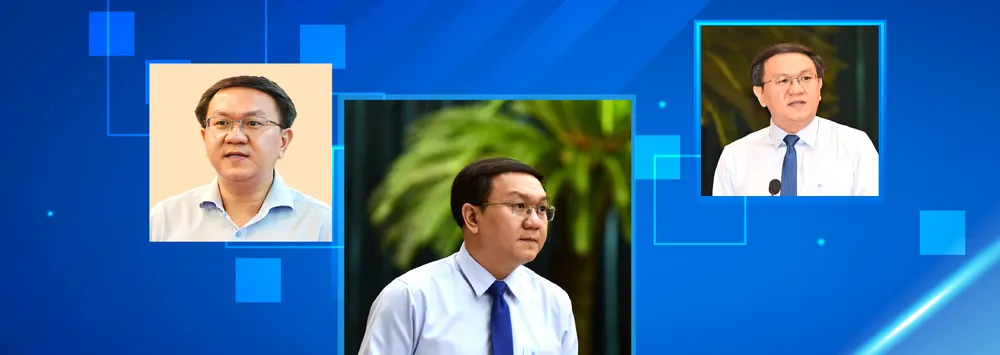
In particular, Resolution 57-NQ/TW dated December 22, 2024 of the Politburo on breakthroughs in science and technology development, innovation and national digital transformation has opened up great opportunities. This is an opportunity for Ho Chi Minh City to promote its leading role in the Southeast region - the most dynamic economic region in the country - and rise to become the country's innovation growth pole.
Ho Chi Minh City is positioned as a pioneering locality not only in terms of economic scale but also in terms of productivity, technology and innovation capacity, playing a spillover role in the regional and national development strategy. The city is assigned the responsibility of leading the process of transforming the growth model, developing a knowledge-based economy, digital economy, green and circular economy, associated with the requirements of rapid, sustainable development and deep integration.
* Reporter : Resolution 57 sets the direction for the future, but the practical foundation is also important. So what foundations has Ho Chi Minh City built , sir ?
- Mr. Lam Dinh Thang: The foundation of science and technology, innovation and digital transformation of Ho Chi Minh City has been elaborately built through many stages. In the period of 2021-2025, Ho Chi Minh City achieved important fundamental results, affirming its role as a driving force in socio-economic development.
Investment in science and technology in Ho Chi Minh City has increased gradually over the years. In the period of 2020-2025, the total investment from the budget and society for science and technology is estimated to reach 1% of GRDP, equivalent to 76,049 billion VND. Along with that, the city also focuses on research to serve key industries. The number of applied science and technology tasks is increasing; the number of intellectual property protection certificates has increased sharply; the number of science and technology enterprises ranks second in the country; and the rate of enterprises with innovation activities is 37.8%. This shows that the spirit of creativity has spread strongly in the private sector. In particular, the contribution of total factor productivity (TFP) is over 50% - a number I consider very proud.

Key science and technology infrastructures such as: Ho Chi Minh City High-Tech Park, Quang Trung Software Park, High-Tech Agricultural Park, etc., along with research centers, technology incubators and key laboratories play an important core role in the city's science and technology ecosystem. Research and application programs such as smart cities, spearhead industries, high-tech agriculture, new material technology, information and communication technology, health and environment have initially formed many useful products.
In addition, the innovation and startup ecosystem continues to expand with more than 2,000 startups, dozens of creative spaces, incubators, and active venture capital funds. A special achievement is that Ho Chi Minh City is ranked 110th globally in terms of innovation and startup ecosystem, maintaining its position in the Top 5 in Southeast Asia and Top 30 globally in Blockchain.
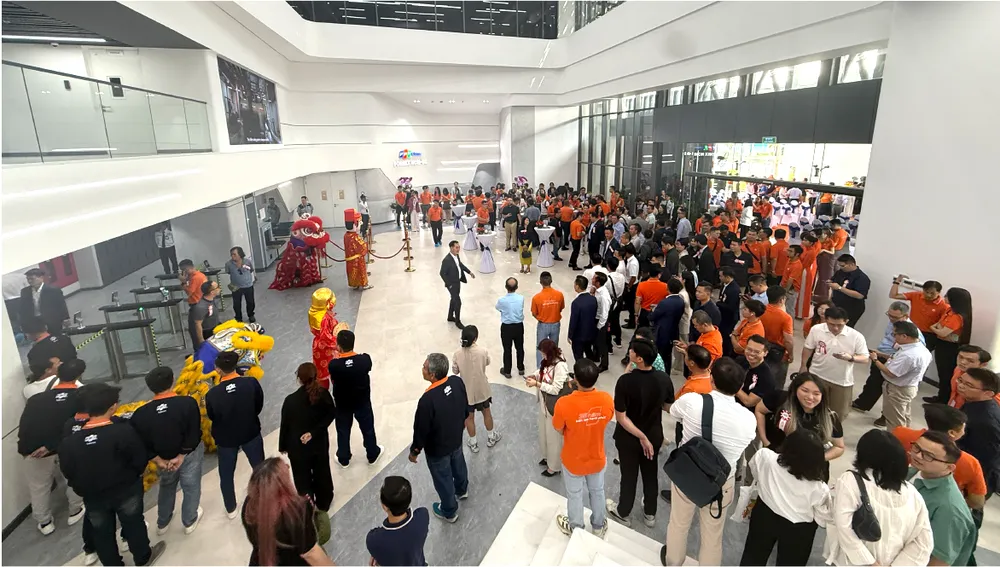
* Reporter : Sir, how has digital transformation activities in Ho Chi Minh City been demonstrated in recent times ?
- Mr. Lam Dinh Thang: The digital transformation sector of Ho Chi Minh City has recorded remarkable progress. Ho Chi Minh City has effectively deployed the digital government platform, completed the open data warehouse and shared data in the fields of health, transportation, education, natural resources and environment. Providing online public services not only contributes to reducing administrative procedures but also improves governance efficiency and the level of satisfaction of people and businesses.
I am particularly impressed with Portal 1022. This is not only a channel for interacting with people, but has also become an effective monitoring and management tool, helping to resolve thousands of reflections and recommendations from real life, from urban infrastructure, security and order to the environment. State management is shifting strongly from a report-based model to real-time data-based management.
More importantly, digital transformation is spreading strongly into the business sector. Not only large corporations are participating, the city is also trying to find many solutions to support traditional manufacturing enterprises and small and medium enterprises to apply automation technology. At the same time, the city also supports individual business households to put their products on e-commerce platforms, participating substantially in the digital economy. Thanks to that, the proportion of the digital economy in the city's GRDP tends to grow strongly and the city ranked first nationwide in the Provincial Digital Transformation Index (DTI) right before the merger.

* Reporter : With the achievements that have been made, can the implementation of Resolution 57 in Ho Chi Minh City be considered a "prerequisite" to master technology and promote innovation , sir?
- Mr. Lam Dinh Thang: I affirm that in implementing Resolution 57, Ho Chi Minh City has proactively identified a clear direction demonstrating its determination to develop through strategic breakthroughs. The city is making efforts to build new mechanisms and policies to create an open environment to attract talent and investment capital for science and technology and innovation. In the first 6 months of 2025 alone, the science and technology sector attracted 1.6 billion USD, accounting for 40% of Ho Chi Minh City's FDI capital.
The fact that Ho Chi Minh City ranks second in the country in the Local Innovation Index (PII) 2025, or the global Top 30 in Blockchain, is not a coincidence. It is the result of strong investment in digital infrastructure such as 5G, which currently covers 67% of the population, while building a startup and innovation ecosystem with 18 centers, 55 incubators and 10 innovation spaces. This has created confidence for large technology corporations to open R&D centers in the city. Currently, Ho Chi Minh City has more than 140 science and technology enterprises, ranking second in the country.
Digital human resources are key. Ho Chi Minh City currently has nearly 100 universities and research institutes forming a training ecosystem, closely linked with businesses. The city is the country's leading technology center with more than 55% of programmers working here. The city is also actively implementing the "digital literacy" program, focusing on subjects such as small traders, workers, the elderly... to equip basic digital skills, not only to adapt but also to create new livelihood opportunities in the digital environment. At the same time, the city also trains more than 20,000 officials and civil servants and trains hundreds of excellent students in artificial intelligence.
With Resolution 57, science and technology, innovation and digital transformation are no longer options, but mandatory paths for Ho Chi Minh City to maintain its leading role in development, realizing its aspiration to become a leading innovation center in Southeast Asia. This is a decisive stage for Ho Chi Minh City to transform itself into a regional knowledge and technology center, making science and technology, innovation and digital transformation the main growth drivers, contributing to improving people's lives, business competitiveness and State governance efficiency.
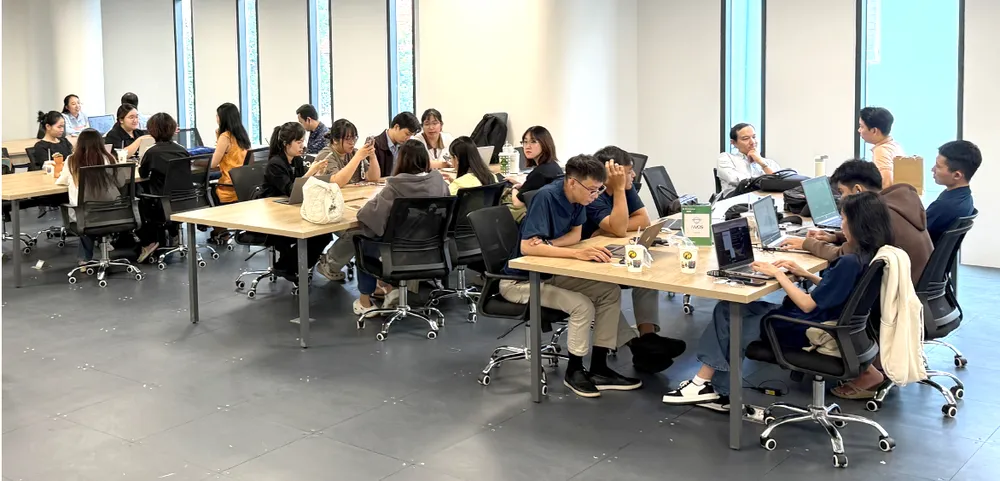
* Reporter : So what are the current difficulties and challenges of Ho Chi Minh City in implementing Resolution 57 , sir?
- Mr. Lam Dinh Thang: Frankly speaking, we are still facing many challenges such as: The mechanism for managing science, technology and innovation still needs to be further innovated in terms of processes and procedures to keep up with practical requirements; The connection between research institutes, universities and enterprises has not developed in depth; High-tech infrastructure has not been synchronously connected with domestic and international centers, and the city still lacks testing space for new technology products... But I believe that with high political determination and breakthrough solutions, HCMC will overcome.
The strategic goal we have set is to build Ho Chi Minh City into an international innovation center. By 2030, the target is for TFP to contribute 60% of GRDP; digital economy to account for 30%-40% of GRDP; total social expenditure for R&D to reach 2%-3% of GRDP; allocate at least 4% of total annual budget expenditure for science and technology, innovation and digital transformation; 5G coverage throughout the region; and establish at least 5 science and technology organizations that meet international standards.
Ho Chi Minh City focuses on developing cutting-edge technology industries such as semiconductors, microchips, artificial intelligence, quantum technology, biotechnology - pharmaceuticals, new materials, clean energy and smart manufacturing. At the same time, the city is developing R&D centers and key laboratories to attract technology corporations and multinational enterprises.
In addition, the city also pays special attention to developing high-quality human resources, attracting international experts, strengthening domestic and foreign training links, and creating a flexible creative environment to form a team of scientists, engineers, and technology entrepreneurs capable of leading key industries. However, our point of view is not to spread out, but to focus on areas where Ho Chi Minh City has a clear competitive advantage.
For example, in the semiconductor industry, Ho Chi Minh City will focus on designing microchips (fabless) and training high-quality human resources - which are currently Ho Chi Minh City's greatest strengths. Regarding artificial intelligence (AI), Ho Chi Minh City will take the lead in applying AI to specific fields such as finance - banking, smart healthcare and urban management, taking advantage of the big data resources that the city owns.
The city’s Science and Technology sector is committed to continuing to promote its core role in organizing the implementation of Resolution 57, not only contributing to the rapid and sustainable development of Ho Chi Minh City, but also aiming to build Ho Chi Minh City into a smart, livable city. This is a great responsibility, but at the same time, it is also an honor for Ho Chi Minh City.
* Reporter : Thank you!

According to the Local Innovation Index (PII) 2025 ranking, Ho Chi Minh City scored 59.33 points, ranked 2nd nationwide, playing the role of a driving force in promoting science and technology, innovation and digital transformation in the Southern region and the whole country.
On the international map, Ho Chi Minh City is in the Top 5 creative startup ecosystems in Southeast Asia, ranked 110th globally, of which the Blockchain ecosystem is ranked 30th in the world.
In the Global Innovation Index (GII) 2025 Report, Vietnam ranked 44th, in which Ho Chi Minh City played a leading role in contributing significantly to improving the country's position in the international arena.

Currently, Ho Chi Minh City has more than 21,000 science and technology human resources, with over 135 strong and dynamic research groups participating in international cooperation, creating many high-quality products that are competitive in the domestic and world markets.
The city's startup ecosystem is increasingly vibrant, with more than 2,000 startups, dozens of creative spaces, incubators, venture capital funds and active private sector.
Ho Chi Minh City is prioritizing the development of four key ecosystems: agriculture, Edtech, AI-IoT and healthcare. In addition, the city has also organized hundreds of events to connect, train and support thousands of businesses and individuals to participate in a comprehensive and effective innovation network.
Source: https://www.sggp.org.vn/de-nghi-quyet-57-som-di-vao-cuoc-song-bai-4-but-pha-tu-kh-cn-va-doi-moi-sang-tao-khang-dinh-dau-tau-phat-trien-cua-dat-nuoc-post823222.html





![[Photo] Unique architecture of the deepest metro station in France](https://vphoto.vietnam.vn/thumb/1200x675/vietnam/resource/IMAGE/2025/11/14/1763107592365_ga-sau-nhat-nuoc-phap-duy-1-6403-jpg.webp)
![[Photo] Unique art of painting Tuong masks](https://vphoto.vietnam.vn/thumb/1200x675/vietnam/resource/IMAGE/2025/11/14/1763094089301_ndo_br_1-jpg.webp)
![[Photo] Special class in Tra Linh](https://vphoto.vietnam.vn/thumb/1200x675/vietnam/resource/IMAGE/2025/11/14/1763078485441_ndo_br_lop-hoc-7-jpg.webp)
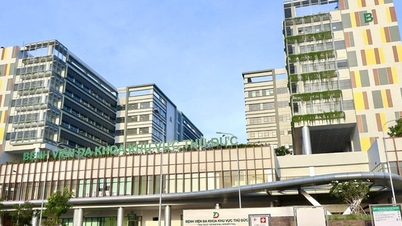



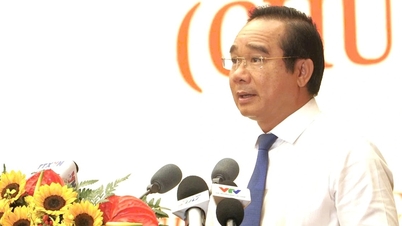










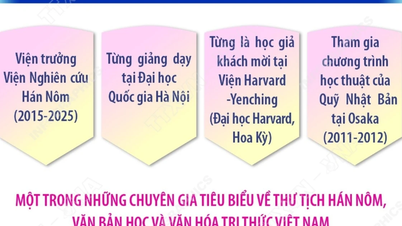

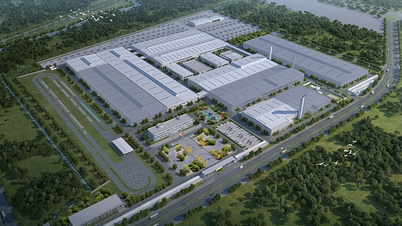









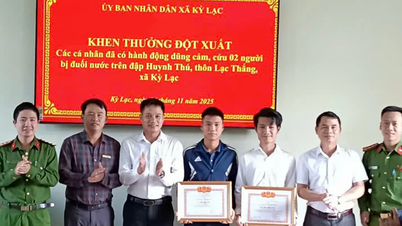







































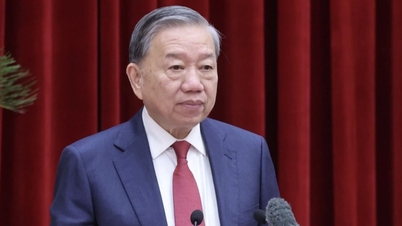





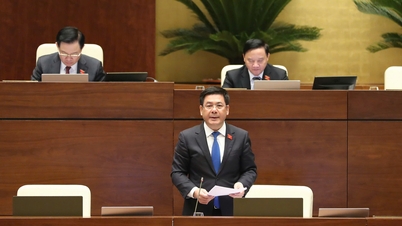




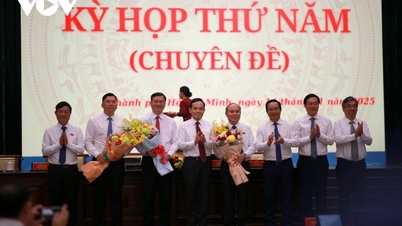

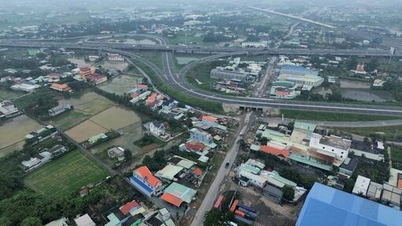



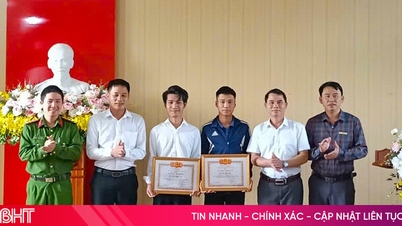

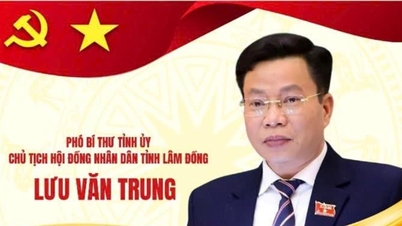



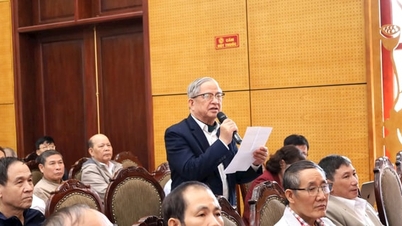












Comment (0)